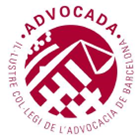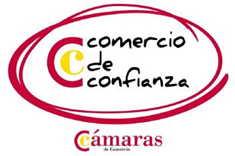In addition to geographical indications, there are other signs that distinguish products and/or services in the market. These include designations of origin, as well as individual, collective and certification marks and trade names.
A designation of origin is defined as a name that identifies a product originating from a specific place, region or country, whose quality or characteristics are fundamentally or exclusively due to a particular geographical environment, including the natural and human factors inherent to it, and whose production stages take place entirely in that geographical area. At present, this system only protects food, agricultural products, wines and alcoholic beverages. For example, Qualified Designation of Origin Rioja, Protected Designation of Origin Queso de Murcia.
Products that meet the requirements set out in the specification of their respective designation of origin may use the protected name, the Union symbol established for this purpose, the mention 'Protected Designation of Origin' and the abbreviation 'PDO'.

A trademark is a sign used to distinguish a company’s products or services in the market, whether the company is an individual or a legal entity. The function of a trademark is to differentiate and individualise products or services in the market from other identical or similar products or services, and to identify their business origin. Examples include:

A trade name is the sign or designation identifying a company in the trade and is used for distinguishing it from the other companies carrying out identical or similar activities. Such as N0430340 'Larrys', , registered for take-away restaurants and food and beverage services.
A collective mark is used to distinguish in the market the products or services of the members of an association of manufacturers, traders or service providers. The owner of this trademark is the association. Examples include:

A quality mark guarantees or certifies that the products or services it applies to fulfil common requirements, especially those regarding its quality, components, geographical origin, technical conditions, product production method, etc. This trademark cannot be used by its owner, but rather by third parties it authorises, after controlling and evaluating that the products or services of this third party fulfil the requirements that the trademark guarantees or certifies. Examples of registered certification marks:

